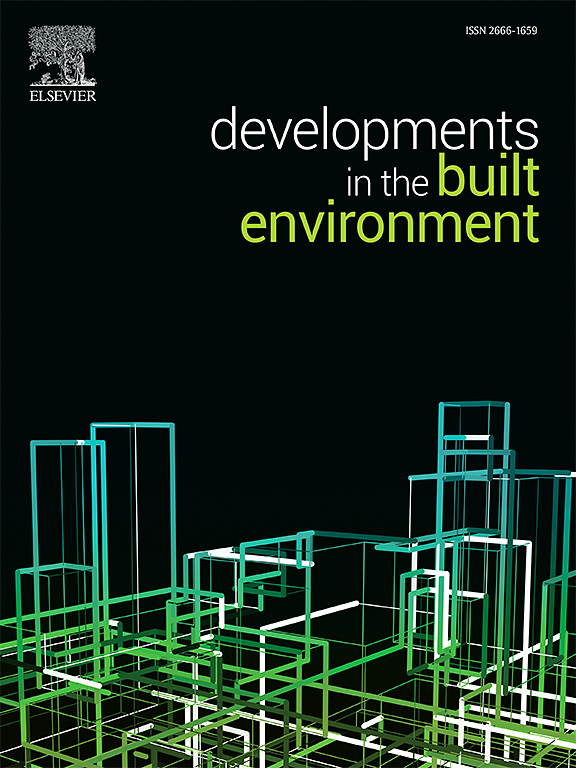从再生混凝土中回收水化水泥,改善工程砖的工艺性能
IF 6.2
2区 工程技术
Q1 CONSTRUCTION & BUILDING TECHNOLOGY
引用次数: 0
摘要
在欧洲,每年大约产生5亿吨建筑和拆除垃圾,其中三分之一是混凝土。回收主要集中在粗骨料,但20 - 30% v/v的产量包括细颗粒和水化水泥粉(HCP)。由于HCP在450-650°C时可以部分再活化,因此正在研究其在熟料生产中的再利用,尽管高能量需求阻碍了其可行性。本研究探讨了一种替代方案:利用已经涉及的高温过程,用高达30%的HCP代替粘土烧制粘土砖。砖在三种温度下烧制,并在机械、矿物学、化学和热行为方面进行表征。生命周期影响评估评估了环境可行性。结果表明,HCP提高了砖的性能,特别是在较高的烧成温度下。然而,尽管有诸如降低导热性等改进,但全球变暖潜势和水消耗影响更高,在材料性能和环境成本之间提出了权衡。本文章由计算机程序翻译,如有差异,请以英文原文为准。

Recovering hydrated cement from recycled concrete for improving technological properties of engineering bricks
In Europe, around 500 million tons of construction and demolition waste (C&DW) are generated annually, a third of which is concrete. Recycling mainly focuses on coarse aggregates, but 20–30 % v/v of the output includes fine particles and hydrated cement powder (HCP). As HCP can be partially reactivated at 450–650 °C, its reuse in clinker production is under study, though high energy demands hinder its viability. This research investigates an alternative: substituting clay with up to 30 % HCP in fired clay bricks, leveraging the high-temperature process already involved. Bricks were fired at three temperatures and characterised in terms of mechanical, mineralogical, chemical, and thermal behaviour. A life cycle impact assessment evaluated environmental feasibility. Results show that HCP enhances brick properties, especially at higher firing temperatures. However, despite improvements such as reduced thermal conductivity, global warming potential and water consumption impacts are higher, posing a trade-off between material performance and environmental cost.
求助全文
通过发布文献求助,成功后即可免费获取论文全文。
去求助
来源期刊

Developments in the Built Environment
Multiple-
CiteScore
7.40
自引率
1.20%
发文量
31
审稿时长
22 days
期刊介绍:
Developments in the Built Environment (DIBE) is a recently established peer-reviewed gold open access journal, ensuring that all accepted articles are permanently and freely accessible. Focused on civil engineering and the built environment, DIBE publishes original papers and short communications. Encompassing topics such as construction materials and building sustainability, the journal adopts a holistic approach with the aim of benefiting the community.
 求助内容:
求助内容: 应助结果提醒方式:
应助结果提醒方式:


